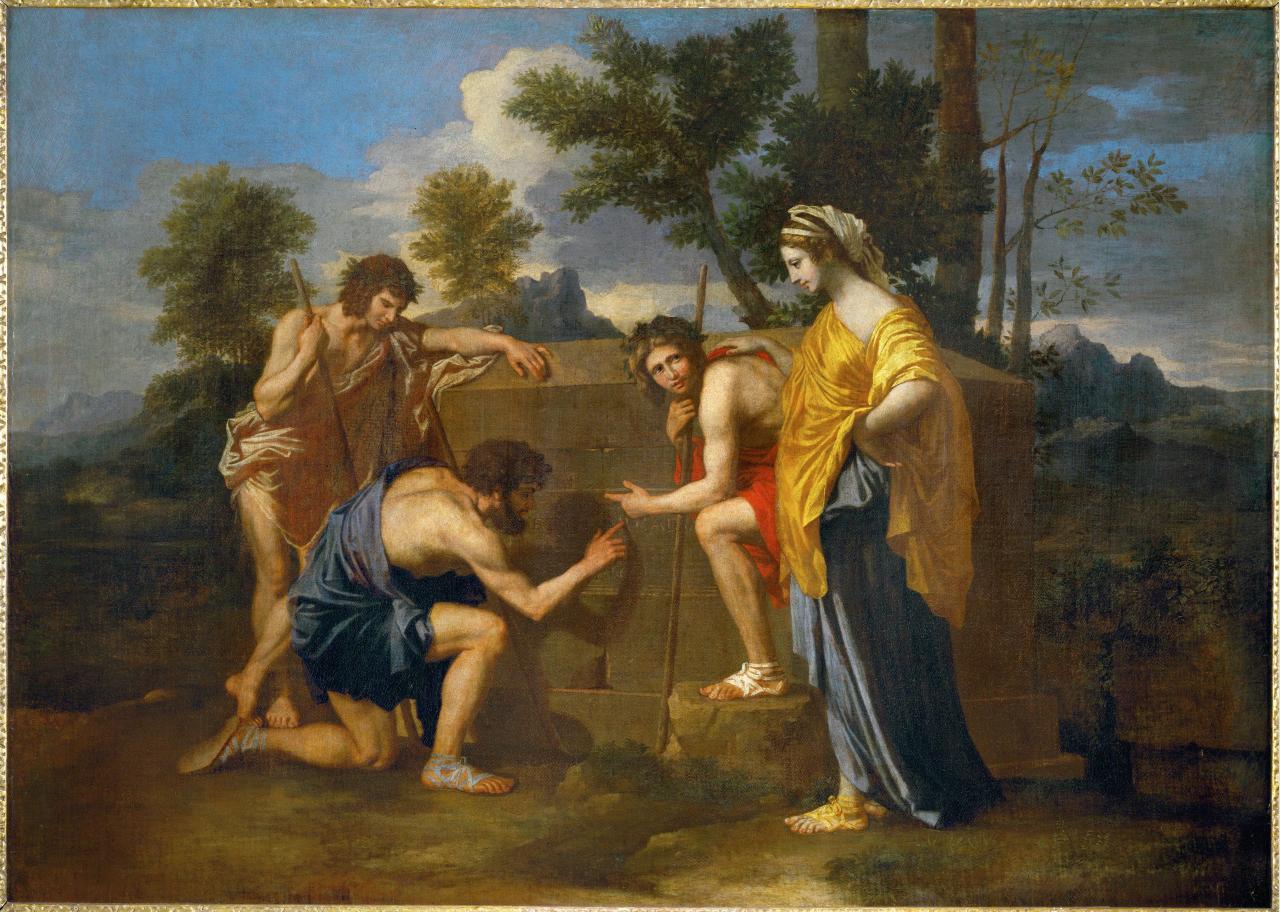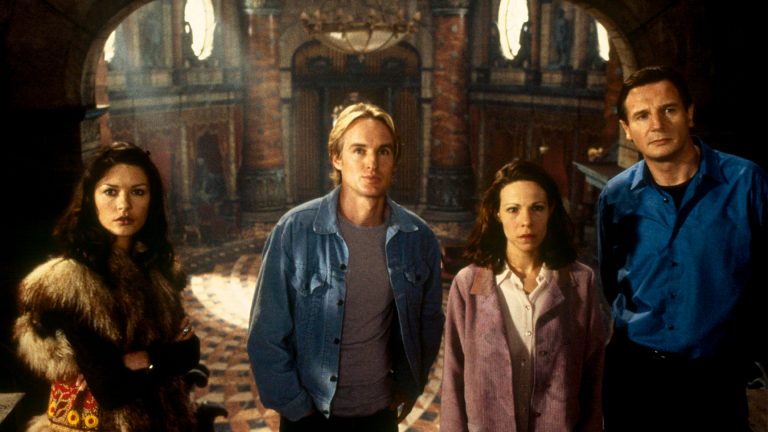
Priory Of Sion: The Facts Behind The Hoax That Inspired The Da Vinci Code
On its first page, The Da Vinci Code states that the book is based on a true secret society founded in France in the 1100s called the Priory of Sion. Instead, It was all a hoax fabricated in the 1950s by a French fascist.
Dan Brown’s The Da Vinci Code was a phenomenal success, selling over 30 million copies worldwide. It is based on a conspiracy theory about a secret cult called the Priory of Sion that was founded in France in the late 1100s. It involves Jesus, Mary Magdalene, the Holy Grail, and the kings of France in a grand scheme to keep European bloodlines pure and create a Christian theocracy throughout Europe. But is it true?
Standing on a before the novel begins is this statement:
Fact: The Priory of Sion – a European secret society founded in 1099 – is a real organization.
It goes on to state:
In 1975 Paris’s Bibliotheque Nationale discovered parchments known as Les Dossiers Secrets, identifying numerous members of the Priory of Sion, including Sir Isaac Newton, Sandro Botticelli, Victor Hugo and Leonardo da Vinci.
The Priory plays a starring role in The Da Vinci Code, stating that it’s a pagan goddess cult that is also one of the world’s oldest secret societies.
Brown had based much of his work—so much, that he was sued by the authors for plagiarism—on a 1982 book called Holy Blood, Holy Grail which claimed that ancient parchments found in a French church over 100 years ago prove the existence of the secret society.
Basic Facts of the “Priory of Sion” Myth
As the legend goes:
• Jesus was married to the prostitute Mary Magdalene. He wanted her to lead his church after his death.
• After Christ’s crucifixion, Mary Magdalene instead absconded to France with one or more children and found a home in the local Jewish community.
• By the fifth century, a member of Jesus and Mary Magdelene’s sacred “bloodline” mated with one of the earliest kings of the first royal house of France, who themselves were descendants of ancient Israel.
• Members of this secret bloodline helped launch the Crusades and conquer Jerusalem.
• The priory also searched for and found ancient relics such as the Ark of the Covenant, the bones of Christ, and the Holy Grail.
• Members of the Priory helped found the infamous Knights of Templar, who served as the warriors of Christendom throughout the Middle Ages. The two groups split in 1188, but the Templars remained under the Priory’s control.
• When the Knights Templar was destroyed in 1307, the Priory of Sion went underground for the next 600 years and worked as a shadow organization behind other fronts.
The group’s main goals included:
- Founding a “Holy European Empire” that would unite Europe.
- Replacing the Catholic Church with a state religion based on the Holy Grail and a “Judas Testament.”
- Establishing an anointed king of Greater Israel.
The Priory of Sion theory also managed to involve nearly every other conspiracy theory imaginable, including the Rosicrucians, the Vatican, the Dead Sea Scrolls, the Freemans, and the Order of the Golden Dawn.
The theory is also said to have inspired the most infamous anti-Semitic conspiracy of all time: The Protocols of Zion.
Grand Masters of the Priory of Sion
The theory also claims that the Priory was led by a succession of “Grand Masters,” who served a role analogous to that of the Pope in the Catholic Church. According to documents discovered at the National Public Library in Paris, these are the Grand Masters of the group from its incarnation to its end:
1. Ugo de Blancheford (1150-1151)
2. Bernard de Tremblay (1151-1153)
3. Guillaume de Chanaleilles (1153-1154)
4. Evrard de N…? (1154-1154)
5. Andrè de Montbard(1155-1156)
6. Bertand de Blanchefort (1156-1169)
7. Philippe de Milly (1169-1170)
8. Eudes de Saint-Amand (1170-1180)
9. Arnaud de Toroge (1181-1184)
10. Gérard de Rideford (1184-1188)
11. Jean de Gisors (1188-1220)
12. Marie de Saint-Clair (1220-1266)
13. Guillaume de Gisors (1266-1307)
14. Edouard de Bar (1307-1336)
15. Jeanne de Bar (1336-1351)
16. Jean de Saint-Clair (1351-1366)
17. Blanche d’Evreux (1366-1398)
18. Nicolas Flamel (1398-1418)
19. Rene d’Anjou (1418-1480)
20. Iolande de Bar (1480-1483)
21. Sandro Filipepi AKA Botticelli (1483-1510)
22. Leonardo da Vinci (1510-1519)
23. Charles III (Duke of Bourbon-Montpensier) (1519-1527)
24. Ferdinand de Gonzague (1527-1556)
25. Michel de Notre-Dame AKA Nostradamus(1556-1566)
26. Duc de Longueville & Nicolas Froumenteau (1566-1575)
27. Louis de Nevers (1575-1595)
28. Robert Fludd (1595-1637)
29. Johann Valentin Andrea (1637-1654)
30. Robert Boyle (1654-1691)
31. Isaac Newton (1691-1727)
32. Charles Radclyffe (1727-1746)
33. Charles de Lorraine (1746-1780)
34. Maximillian de Lorraine (1780-1801)
35. Charles Nodier (1801-1844)
36. Victor Hugo (1844-1885)
37. Claude Debussy (1885-1918)
38. Jean Cocteau (1918-1963)
39. Pierre Plantard (1963-1981)
The Hoaxer: Pierre Plantard
Born in 1920, Pierre Plantard has been described as “a traditionalist, French royalist and a vehement anti-Semite.” In Nazi-occupied France during World War II, he reportedly begged local officials to stop a war he insisted had been started by the Jews. He reportedly was a fantasist who wanted to seem more important than he actually was—which was a butler.
In 1953 Plantard was convicted of fraud and served a six-month sentence. Three years later, he set up something he called The Priory of Sion—but it wasn’t based on an ancient cult, it was named after a local mountain. Originally, its members numbered only four and it was described as “a local civic group dedicated to a local government pressure group concerned with public housing.”
About 10 years later, though, Plantard began taking his hoax to a higher level. He fabricated a series of documents—clumsily, it might be added, as some of these ancient “parchments” included typewritten copy—and strategically planted them throughout France, including the French National Library. The latter document was a bound dossier referred to as “The Secret Files.”
Nearly every scholar who has examined Plantard’s claims have found them to be fraudulent based on the following points:
- There is absolutely zero evidence of a “Priory of Zion” existing in world literature before 1956.
- Every forensic expert who has examined the allegedly ancient parchments had concluded that, at best, they were 40 years old.
- In 1993, French police raided and searched Plantard’s home and found over 100 letters wherein Plantard and two friends discussed hoaxing the public.
- The fact that, as a part of his plea arrangement, Plantard confessed that he had made the entire story up.
In a 1995 telephone interview, a former associate of Plantard’s named André Bonhomme admitted that the “Priory of Sion” was nothing more than a local anti-government pressure group that, through the vivid imagination of Plantard, became one of the most influential conspiracy theories ever:
The Priory of Sion does not exist anymore. We were never involved in any activities of a political nature. It was four friends who came together to have fun. We called ourselves the Priory of Sion because there was a mountain by the same name close-by. I haven’t seen Plantard in over 20 years and I don’t know what he’s up to but he always had a great imagination. I don’t know why people try to make such a big thing out of nothing.
Still, some people persist in believing it’s true—probably because they need to believe in something. As writer Saul Bellow once said, “A great deal of intelligence can be invested in ignorance if the need for illusion is deep.” ![]()











